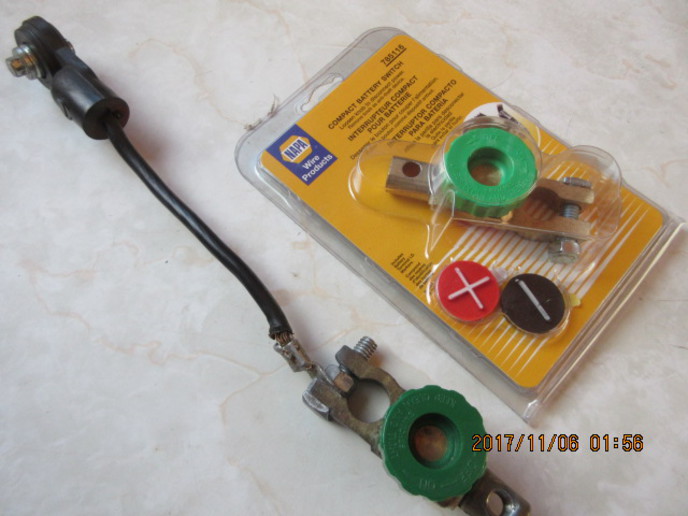Son's 1996 F150 drained the battery in a couple hours on Thursday. We put a trickle charger on it Thursday night and the battery hadn't charged enough overnight to start on Friday morning. After I removed the charger the battery would only make the starter grind a couple times, then the battery was completely dead within 20 minutes (interior lights wouldn't even come on).
I removed the battery and charged it on the bench overnight on the same trickle charger. The next morning I had it load tested to make sure it wasn't shorted out internally - it was fine and tested above its rating. Brought it home and installed it - there was spark jumping from the post to the cable (way to much draw) - hooked it up and the trucked started and ran. Surprisingly when I removed the cable the truck kept running - I thought it needed the battery to run even with a working alternator.
To track down the draw do you set the multimeter on "amps" and hook it between the battery and cable and check the draw (I am assuming about 3 amps right now) and start pulling fuses to see which circuit is causing the excessive current draw?
I removed the battery and charged it on the bench overnight on the same trickle charger. The next morning I had it load tested to make sure it wasn't shorted out internally - it was fine and tested above its rating. Brought it home and installed it - there was spark jumping from the post to the cable (way to much draw) - hooked it up and the trucked started and ran. Surprisingly when I removed the cable the truck kept running - I thought it needed the battery to run even with a working alternator.
To track down the draw do you set the multimeter on "amps" and hook it between the battery and cable and check the draw (I am assuming about 3 amps right now) and start pulling fuses to see which circuit is causing the excessive current draw?


